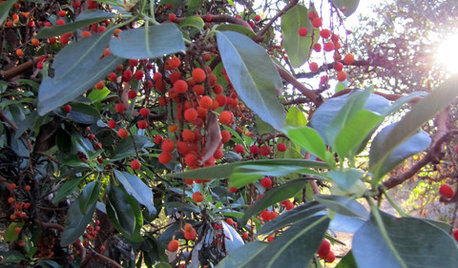Phytophthora
florrie2
15 years ago
Related Stories

EDIBLE GARDENSSummer Crops: How to Grow Tomatoes
Plant tomato seedlings in spring for one of the best tastes of summer, fresh from your backyard
Full Story
GARDENING GUIDESGreat Design Plant: Arbutus Menziesii
This drought-tolerant West Coast native tree thrives with minimal water in difficult garden spots
Full Story





rhodyman
florrie2Original Author
Related Professionals
Ballwin Landscape Architects & Landscape Designers · Deer Park Landscape Architects & Landscape Designers · Cambridge Landscape Contractors · Dallas Landscape Contractors · Fort Worth Landscape Contractors · Goodlettsville Landscape Contractors · Leicester Landscape Contractors · Mahwah Landscape Contractors · New Cassel Landscape Contractors · Ocoee Landscape Contractors · Old Saybrook Landscape Contractors · Palatine Landscape Contractors · Riverview Landscape Contractors · Tyngsboro Landscape Contractors · North Hills Landscape Contractorsrhodyman